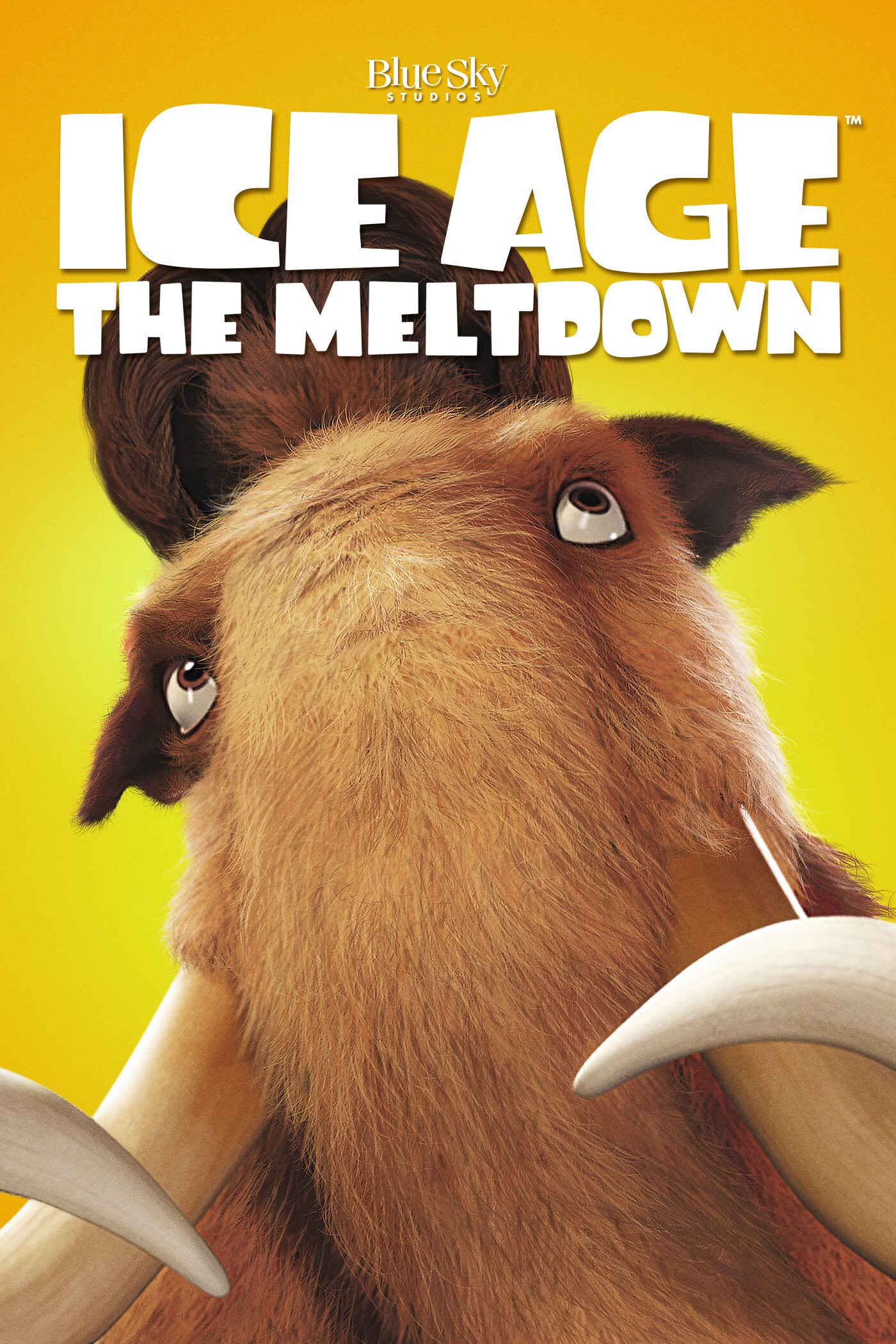
Shakun and his colleagues started by creating the first global set of temperature proxies-a set of 80 different records from around the world that recorded temperatures from roughly 20,000 years ago to 10,000 years ago.
#Ice age meltdown driver
"CO2 was the big driver of global warming at the end of the Ice Age." "We find that global temperature lags a bit behind the CO2 ," explains paleoclimatologist Jeremy Shakun, a National Oceanic and Atmospheric Administration fellow at Harvard and Columbia universities, who led the research charting ancient CO2 concentrations and global temperatures.

( Scientific American is part of Nature Publishing Group.) The research suggests that-contrary to some prior findings-CO2 led the prior round of global warming rather than vice versa, just as it continues to do today thanks to rising emissions of CO2 and other greenhouse gases. Researchers examined sediment cores collected from deep beneath the sea and from lakes as well as the tiny bubbles of ancient air trapped inside ice cores taken from Antarctica, Greenland and elsewhere. That, at least, is the story told by a new paper published in Nature on April 5 that reconstructs the end of the last ice age. That CO2 then warmed the globe, melting back the continental ice sheets and ushering in the current climate that enabled humanity to thrive. As a result-and for reasons that remain unexplained-the waters of the Southern Ocean may have begun to release carbon dioxide, enough to raise concentrations in the atmosphere by more than 100 parts per million over millennia-roughly equivalent to the rise in the last 200 years. The equatorial heat warmed the precincts of Antarctica in the Southern Hemisphere instead, shrinking the fringing sea ice and changing the circumpolar winds. This freshwater flood filled the North Atlantic and also shut down the ocean currents that conveyed warmer water from equatorial regions northward. Within a few hundred years sea levels in some places had risen by as much as 10 meters-more than if the ice sheet that still covers Greenland were to melt today.

Roughly 20,000 years ago the great ice sheets that buried much of Asia, Europe and North America stopped their creeping advance.


 0 kommentar(er)
0 kommentar(er)
